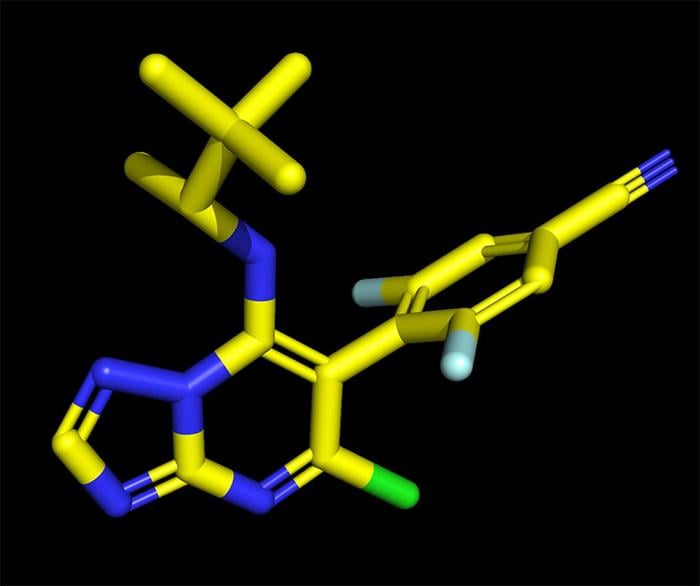In a significant step forward for Alzheimer’s research, the National Institute on Aging (NIA) has awarded a $6.9 million grant to a team of scientists from the University of California San Diego and the University of Pennsylvania. This funding will support the development of a potential disease-modifying treatment for Alzheimer’s disease, bringing hope to millions affected by this devastating condition.
The compound at the center of this research, CNDR-51997, has shown promising results in preclinical studies, effectively restoring brain health in mouse models of Alzheimer’s disease. What sets this potential treatment apart is its ability to target tau protein abnormalities, a key feature of Alzheimer’s that current FDA-approved treatments do not address.
Dr. Carlo Ballatore, a professor at UC San Diego Skaggs School of Pharmacy and Pharmaceutical Sciences and co-lead of the study, explains the significance: “This compound has been designed to combat tau-mediated neurodegeneration and our preclinical data suggest that it could be beneficial for the treatment of Alzheimer’s and related dementias.”
Targeting Tau: A New Frontier in Alzheimer’s Treatment
Alzheimer’s disease is characterized by abnormal deposits of two types of proteins in the brain: amyloid beta (Aβ) and tau. While current treatments like lecanemab (Leqembi™) and donanemab (Kisunla™) target Aβ deposits, CNDR-51997 is unique in its ability to reduce both Aβ plaques and tau pathology in the brain.
Dr. Kurt Brunden, research professor at the University of Pennsylvania’s Perelman School of Medicine and co-lead of the study, highlights the broader potential of this compound: “Our findings that CNDR-51997 reduces both Aβ plaques and tau inclusions in mouse models suggest that the compound holds considerable promise for Alzheimer’s disease. However, there is also a great unmet need for disease-modifying drugs for the other tauopathies.”
This potential to address multiple tau-related diseases, including frontotemporal lobar degeneration, progressive supranuclear palsy, and chronic traumatic encephalopathy (CTE), underscores the compound’s significance in the field of neurodegenerative disease research.
Why it matters: The development of CNDR-51997 represents a potential paradigm shift in how we approach Alzheimer’s treatment. By targeting both Aβ and tau pathologies, this compound could offer a more comprehensive approach to combating the disease than current treatments. Moreover, its potential efficacy in other tauopathies could broaden its impact across a range of neurodegenerative conditions.
The $6.9 million grant will fund crucial steps in the drug development process, including formal safety studies required by the U.S. Food and Drug Administration (FDA). The research team aims to submit an Investigational New Drug (IND) application to the FDA by the end of the three-year grant period, potentially paving the way for Phase 1 clinical trials.
As the global population ages and the prevalence of Alzheimer’s disease continues to rise, the need for effective treatments becomes increasingly urgent. The development of CNDR-51997 offers a glimmer of hope in this challenging landscape. If successful, this research could lead to a new class of treatments that address the underlying mechanisms of Alzheimer’s and related dementias more comprehensively than ever before.
While there is still a long road ahead before this compound could potentially reach patients, the support from the NIA and the promising preclinical results mark a significant milestone in the ongoing battle against Alzheimer’s disease. As Dr. Ballatore notes, “This is a unique compound with desirable properties,” and its further development could bring us one step closer to effectively treating one of the most challenging diseases of our time.


